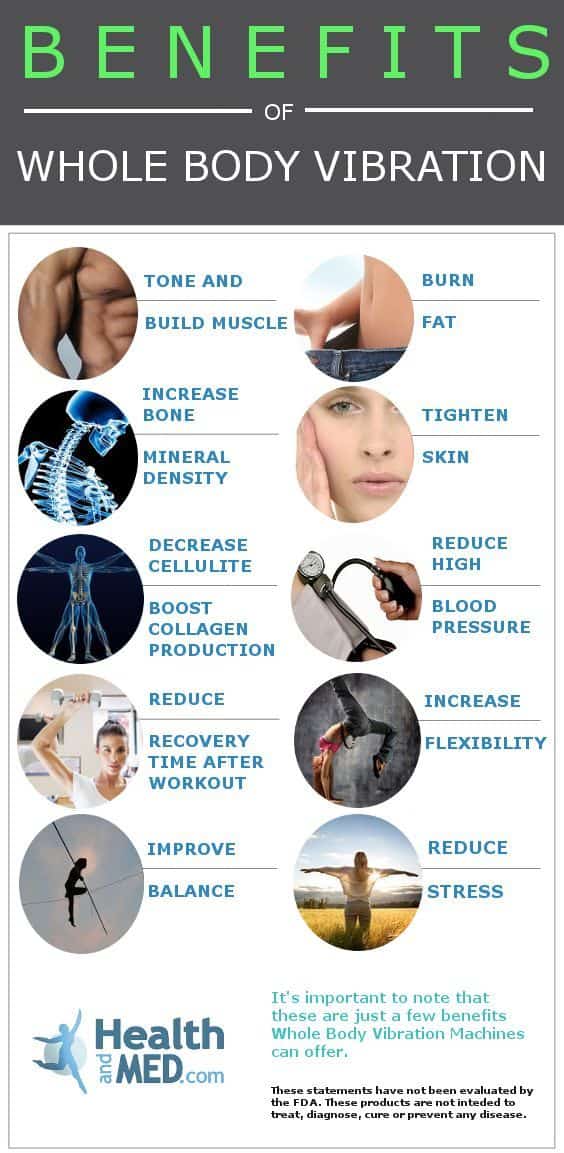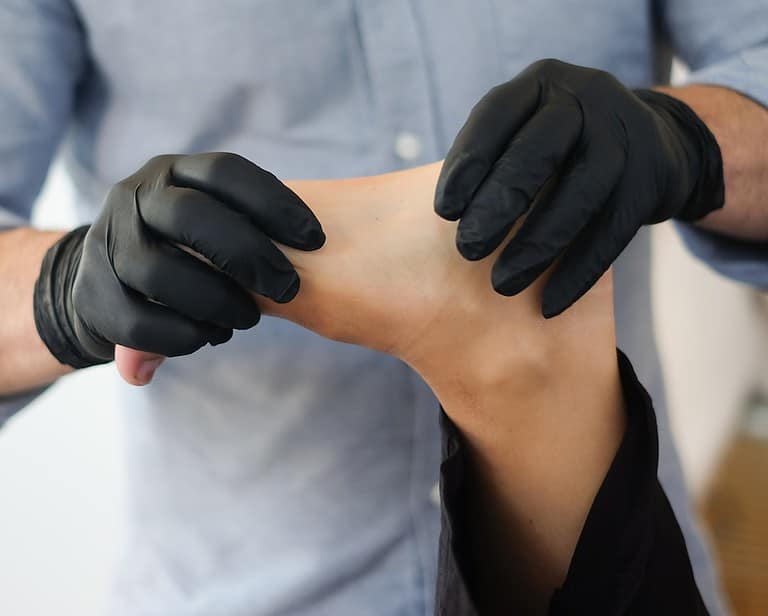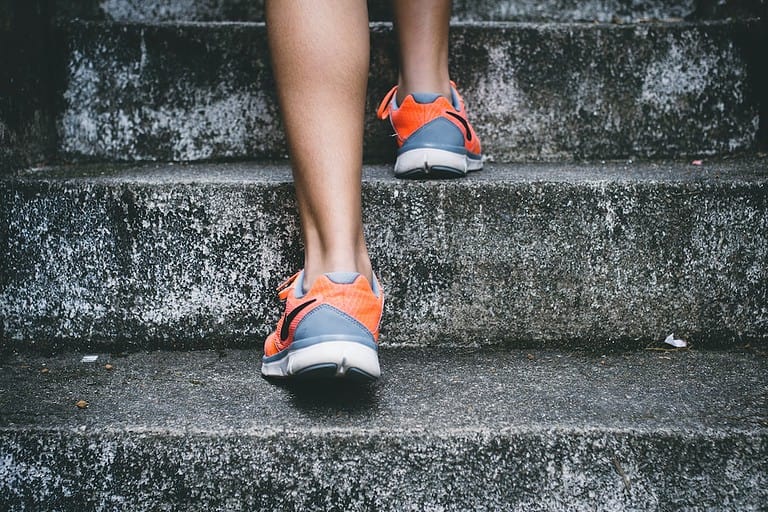How Does Vibration Therapy Work: Uncovering The Benefits
Vibration therapy is an emerging wellness trend that many people are turning to for relief from pain, stress, and other physical ailments. But how does vibration therapy work? This blog post will explore the science behind this form of alternative medicine and provide insight into who can benefit from it as well as what one should expect during a session.
We’ll take a look at how vibration therapy works, and its potential risks, benefits, and treatment options, so you can make an informed decision about whether or not it’s right for you. So if you’re wondering “how does vibration therapy work?”, read on!
Table of Contents
How Does Vibration Therapy Work?
Vibration therapy involves mechanical vibrations to stimulate the body. It is a type of physical therapy that works by sending low-frequency vibrations through the body, which can help reduce pain and improve mobility. The vibration stimulates muscles, tendons, ligaments, and other tissues in order to increase blood flow and circulation throughout the body.
Mechanism of Action
Vibration therapy works by stimulating nerve endings in the skin as well as deeper muscle fibers. This stimulation helps to relax tight muscles while increasing flexibility and range of motion. Additionally, it helps promote lymphatic drainage which can reduce swelling or inflammation around joints or areas with chronic pain.
Effects on the Body
Vibration therapy has been shown to have therapeutic benefits on both physical and mental health conditions such as fibromyalgia, arthritis, back pain, stress relief, improved sleep quality, and more. It also increases bone density over time due to its ability to stimulate bone cells into producing new tissue growth at a faster rate than normal activity would do alone.
Who Can Benefit from Vibration Therapy?
It can be used to reduce pain, improve circulation, and increase the range of motion. Vibration therapy has been shown to have therapeutic benefits for many different types of conditions, but it’s important to understand who should avoid this type of treatment and the safety considerations when using body vibration therapy on children or pregnant women.
Conditions That May Benefit from Vibration Therapy
Vibration therapy may provide relief from chronic pain associated with arthritis, fibromyalgia, back pain, neck pain, and muscle spasms. It can also help improve flexibility in muscles and joints as well as reduce inflammation caused by certain injuries or illnesses. Additionally, vibration therapy has been found helpful in improving balance and coordination in people with neurological disorders such as Parkinson’s disease or multiple sclerosis (MS).
People with certain medical conditions should not use vibration therapy without consulting their doctor first. These include those who have had recent surgery or trauma, those who have blood clots, those with heart problems, pregnant women, people taking anticoagulants (blood thinners), people suffering from osteoporosis, anyone prone to seizures, anyone wearing a pacemaker/defibrillator device, individuals with metal implants near the area being treated and those suffering from skin infections near the area being treated.
Safety Considerations for Children and Pregnant Women
Vibration therapy is generally considered safe when used correctly but it’s important to understand that children and pregnant women may be more sensitive to its effects. Therefore they should only receive vibration therapy under the close supervision of a healthcare professional. Additionally, any areas of the body where there are growth plates in bones should not be exposed to vibration as this could potentially cause damage.
What to Expect During a Session of Vibration Therapy?
Before beginning any vibration therapy session, it is important to consult with your doctor or physical therapist. They will be able to provide you with personalized advice on the best way to prepare for and participate in a session. Generally speaking, it is recommended that you wear comfortable clothing that allows easy movement and avoid eating right before the session.
The duration and frequency of vibration therapy sessions can vary depending on individual needs. In general, most sessions last between 10-20 minutes, but this can depend on the type of machine used as well as the intensity level chosen by your practitioner.
It is also important to note that multiple short sessions may be more effective than one long session when using certain types of machines. Your practitioner will work with you to determine an appropriate schedule based on your specific goals and needs.
The cost of vibration therapy varies depending on factors such as location, type of machine used, duration/frequency of sessions, etc., so it is important to discuss pricing options with your practitioner prior to beginning treatment. Additionally, some insurance plans may cover all or part of the cost associated with these treatment options; however, coverage depends upon individual policies so it is always best to check ahead before scheduling an appointment if possible.
(Source)
FAQs in Relation to How Does Vibration Therapy Work
Does vibration reduce inflammation?
Yes, vibration has been shown to reduce inflammation. Clinical studies have found that whole-body vibration can reduce pain and swelling in the joints of people with arthritis. Additionally, vibration therapy enhances muscle strength and flexibility as well as decrease fatigue.
Vibration therapy also appears to be effective in reducing chronic low back pain and improving balance in older adults. While more research is needed to understand its full potential, current evidence suggests that vibration therapy could be a useful tool for managing inflammation.
How long does it take to see results from a vibration plate?
Vibration plates are a popular form of exercise equipment that can help to improve strength, balance, and flexibility. The amount of time it takes to see results from using a vibration plate depends on the individual’s goals and how often they use the machine.
Generally speaking, users may start to feel some benefits after just one session but more significant results will take longer. To maximize the effects of using a body vibration plate, it is recommended that individuals use it for at least 10 minutes per day for several weeks or months in order to achieve desired outcomes such as improved muscle strength and increased bone density.
What is the side effect of vibration?
The side effects of whole-body vibration can vary depending on the frequency and intensity. Generally, low-frequency vibrations may cause fatigue, headaches, dizziness, nausea, and muscle soreness. Higher frequencies may cause skin irritation or even tissue damage if used for long periods of time without proper protection.
Vibration can also lead to hearing loss over time if exposed to loud noises at high levels for extended periods of time. It is important to take necessary precautions when using vibrating tools or machines in order to avoid any potential health risks associated with them.
Do vibration platforms actually work?
Yes, vibration platforms can be effective for certain types of exercise and physical therapy. Vibration platforms create an oscillating force that stimulates muscles to contract and relax in rapid succession. Vibration therapy can help enhance flexibility, increase blood flow, improve balance, reduce pain, and range of motion, as well as improve muscle strength.
However, it is important to note that the effectiveness of vibration platforms may vary depending on the user’s goals and body type. It is best to consult with a healthcare professional before using one for any purpose.
Conclusion
In conclusion, vibration therapy is one of the treatment options that has been used to treat various conditions. It can be beneficial for those looking to improve their overall health and well-being.
However, it’s important to consult with your doctor before beginning any type of therapy. Ultimately, the answer to the question “how does vibration therapy work” will depend on each individual’s unique situation and needs.
Are you looking for ways to improve your overall health and well-being? Vibration therapy may be the answer! It is a non-invasive, safe form of treatment that uses vibration frequencies to stimulate muscles, joints, and other parts of the body.
The vibrations help reduce inflammation, increase circulation, promote relaxation, and even speed up the recovery time from injuries. Start feeling better today with Smart Living Now’s comprehensive resources on how vibration therapy works – no fluff included!








